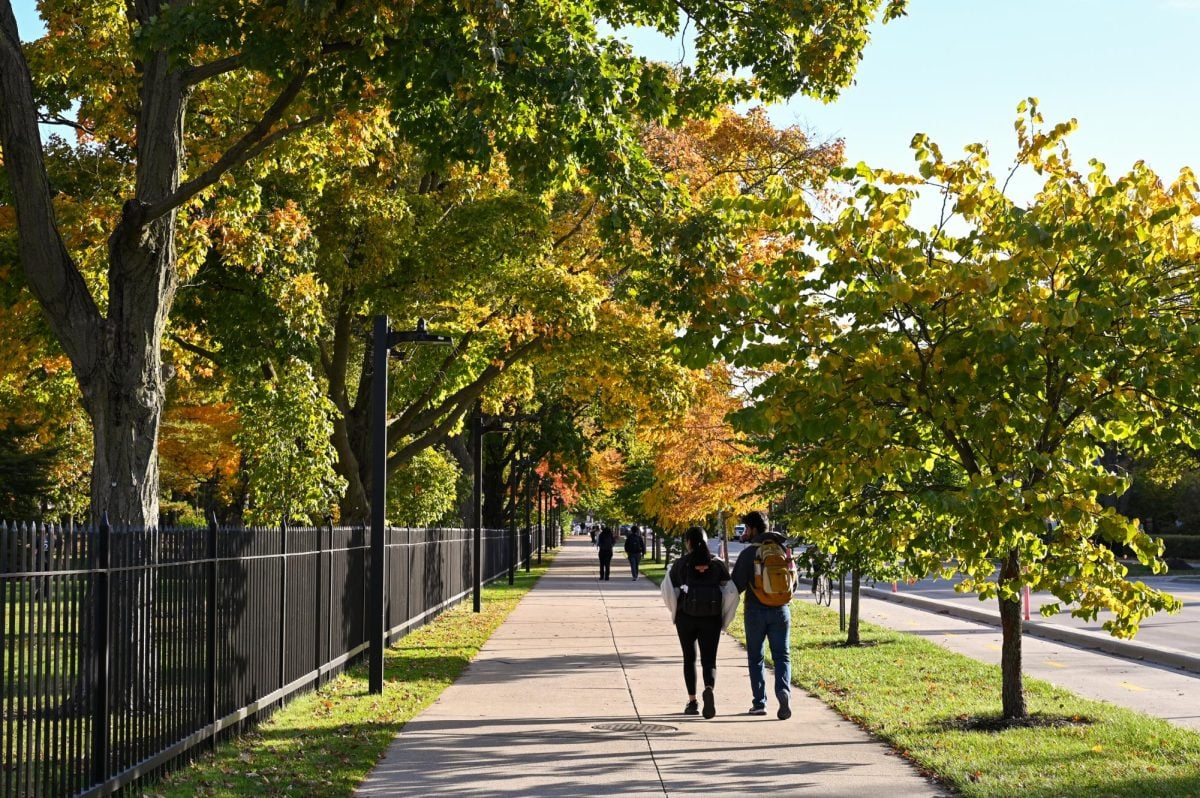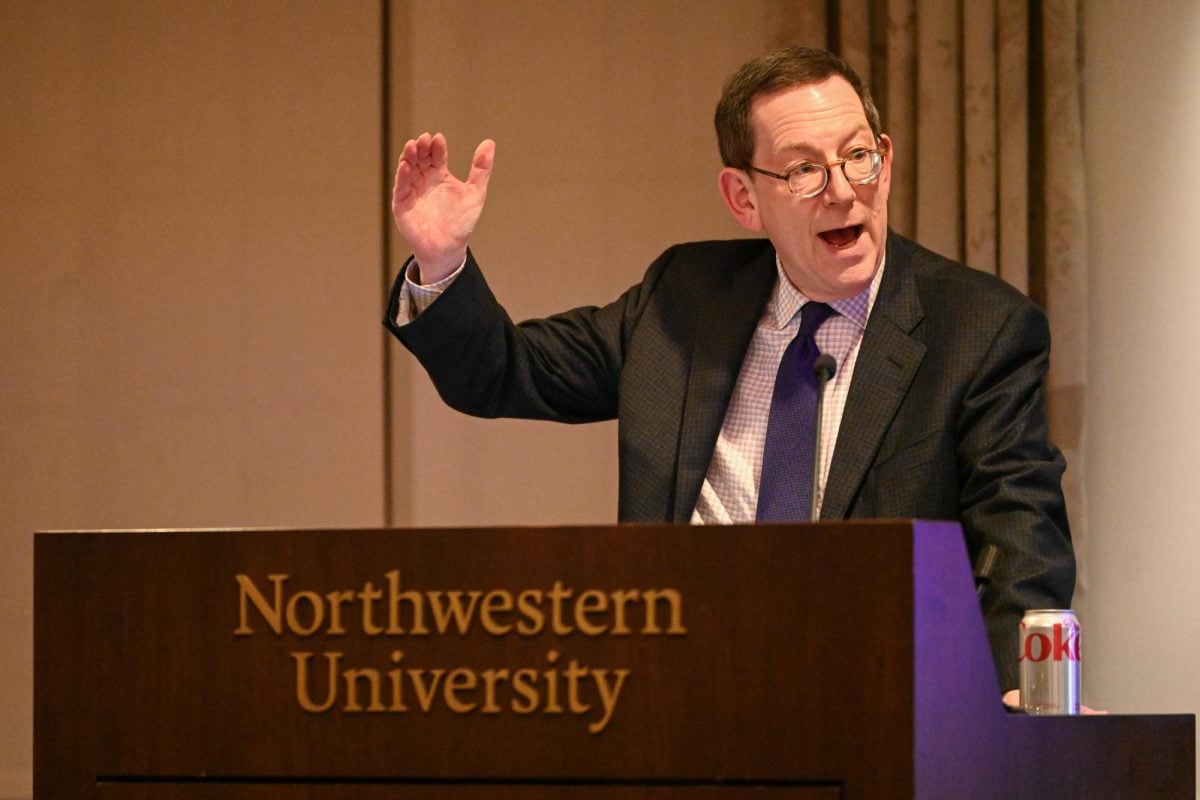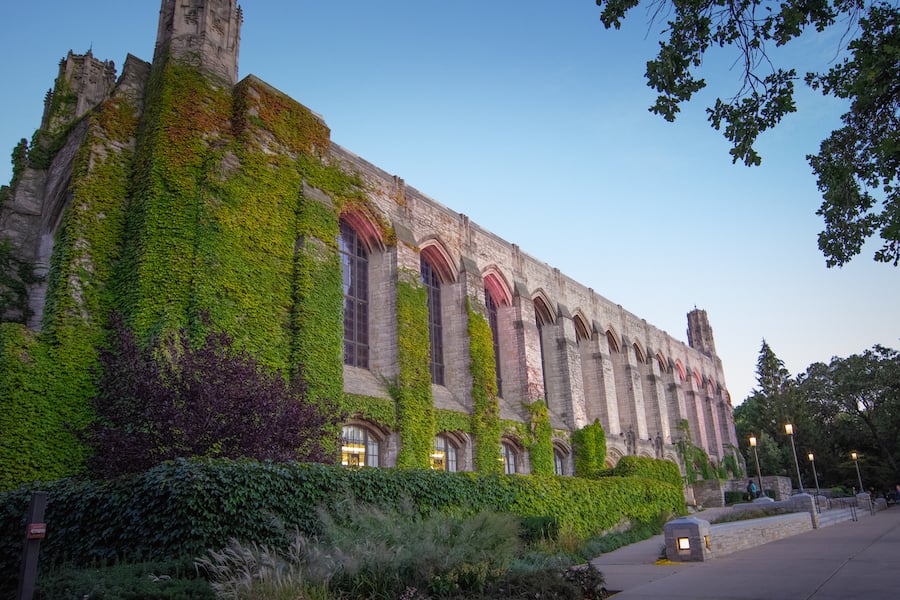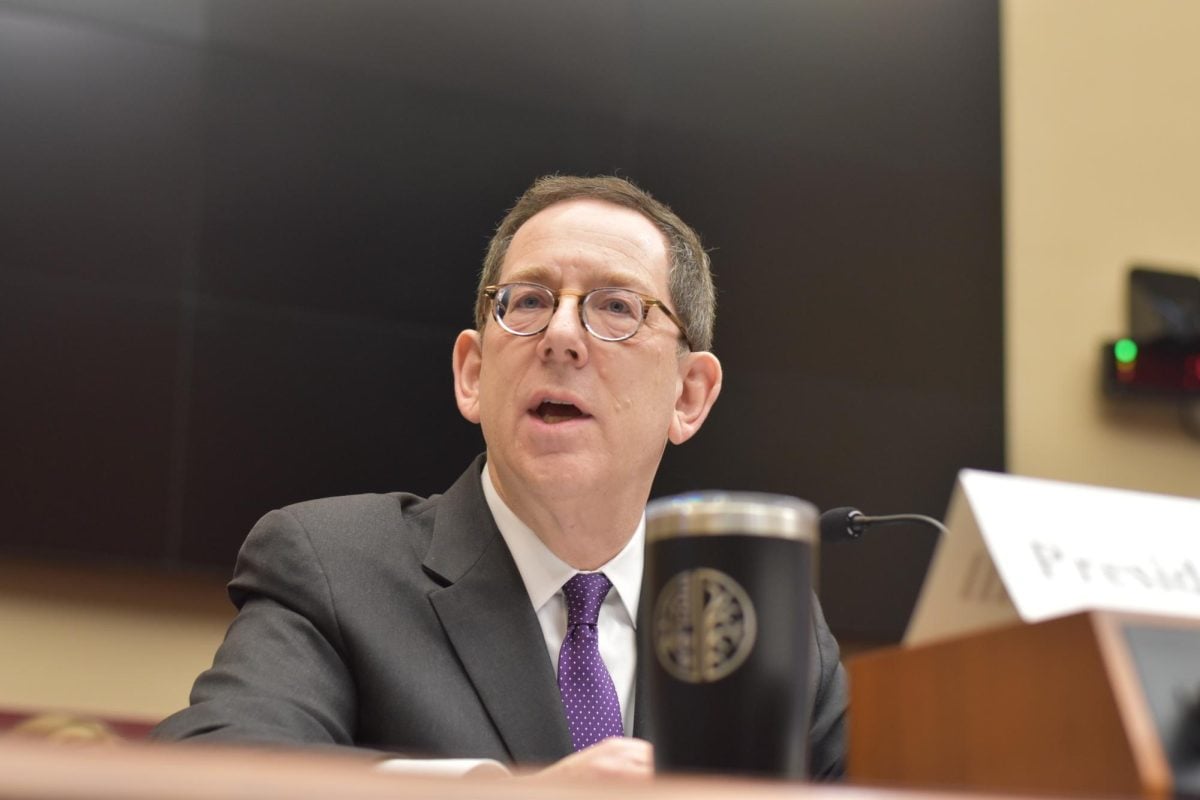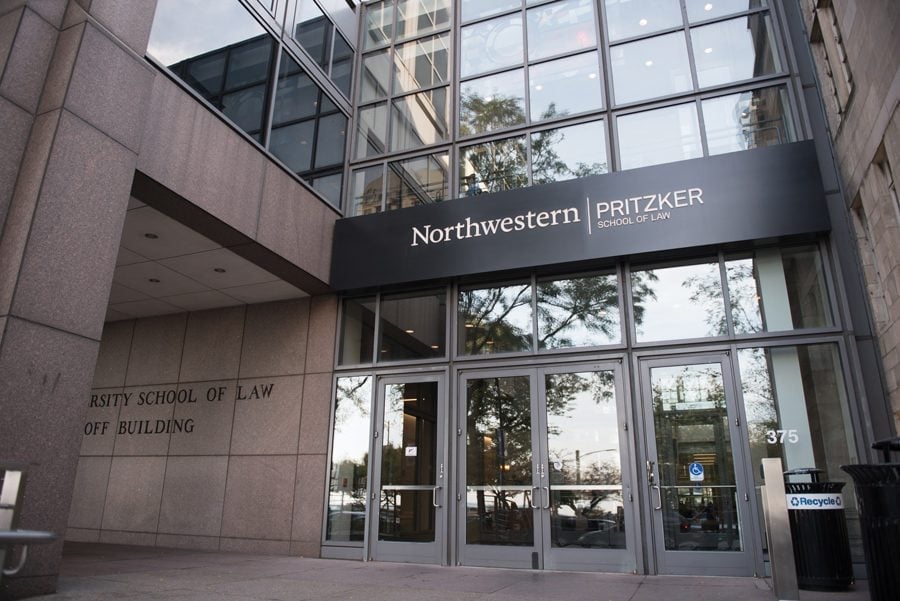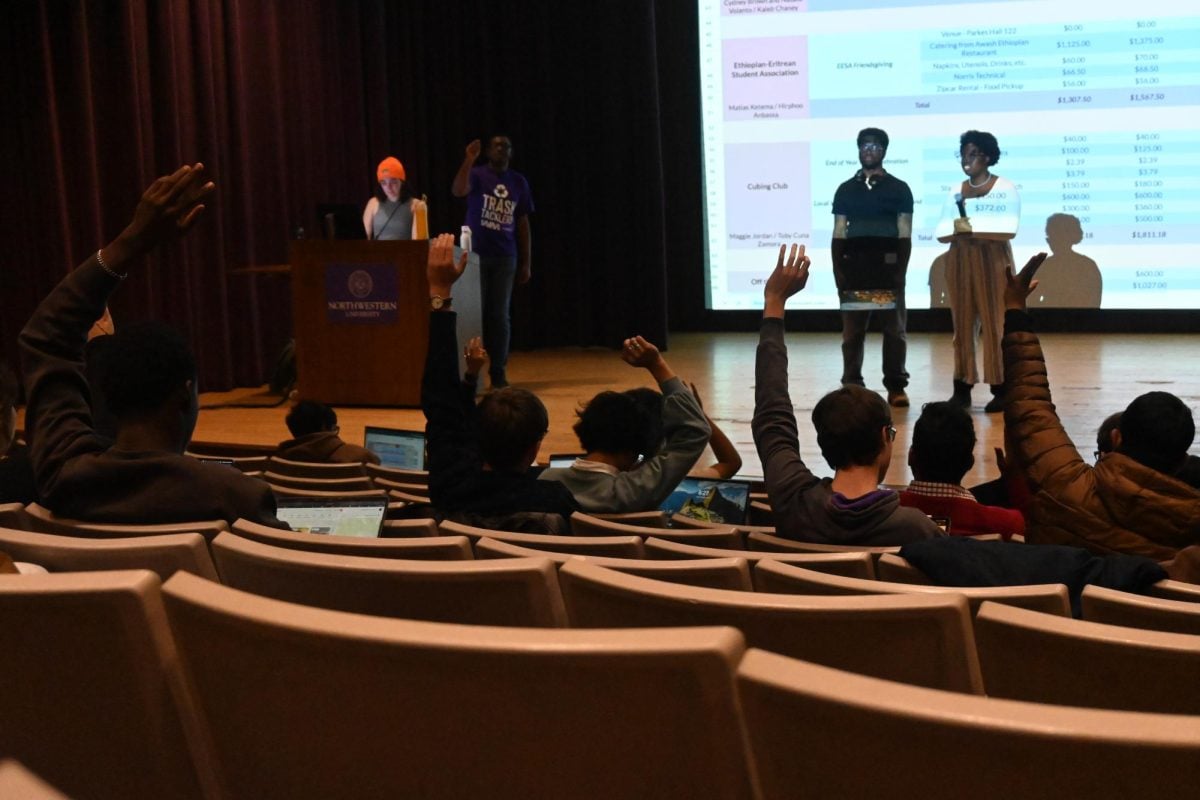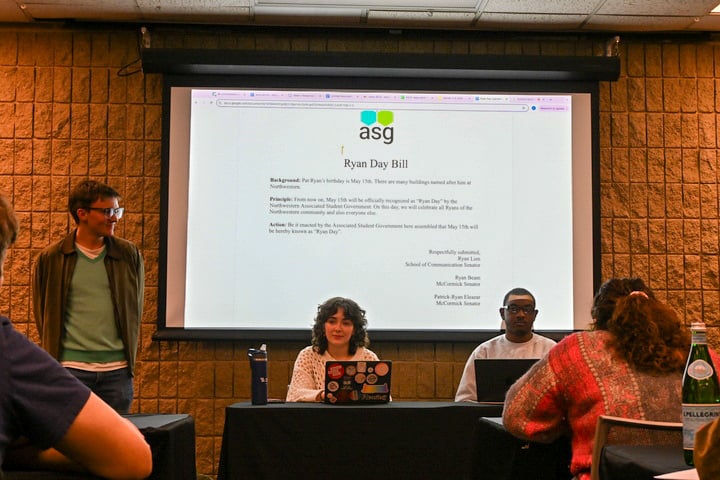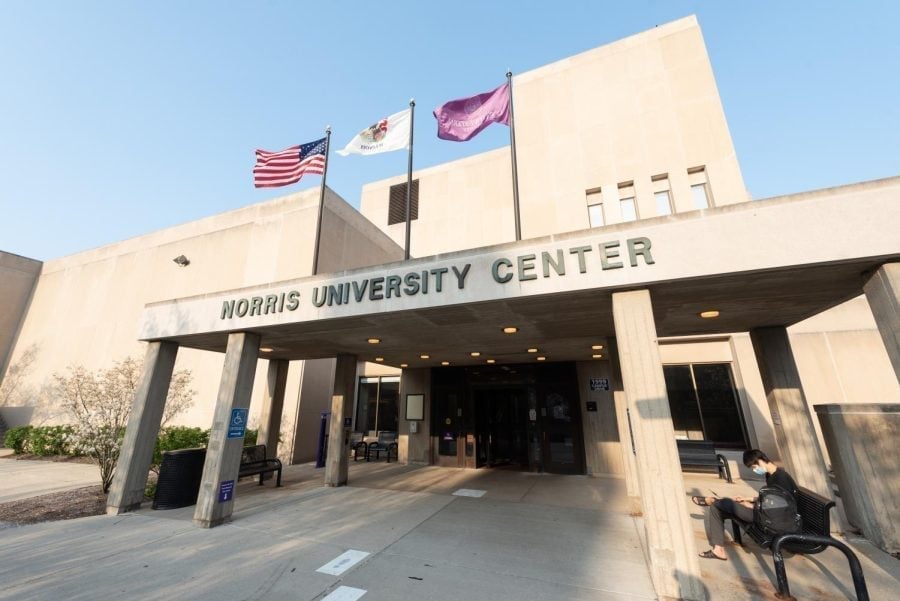Residential Services will expand gender-open housing and install multi-stall gender-neutral bathrooms for the next academic year.
Paul Riel, executive director of Residential Services, said he recently finalized the 2013-14 gender-open housing plans, which will include spaces in Foster-Walker Complex and suites in 1835 Hinman. He said 91 beds in Plex and 53 in Hinman are set aside for gender-open housing.
“In the last two years, it’s been all single rooms with single stall bathrooms, which isn’t desirable for everyone,” said former Rainbow Alliance president Zach Wichter, who worked on a gender open housing task force composed of students and administrators. “This year, it’ll be the first year that there’ll be both singles and doubles and mixed-gender bathrooms.”
“There will definitely be more spaces next year than there were this year,” added Wichter, a Medill senior.
For the past year, Riel has been working with the task force, which came up with proposals for improvements to on-campus gender-open housing.
“They were charged with looking at our current program because we’ve had gender-open housing for a while,” Riel said. “So they came back with general recommendations on how to enhance it, and adding more spaces. That was one of the things.”
For now, Riel said adding more spaces would make sense if a lot of students are interested. Residential Services is focused on advertising gender-open housing to those who may not be aware of it. The task force released a marketing flyer promoting the gender-open housing option to all residents.
“We wanted to make sure folks knew about it,” Riel said. “We felt like students weren’t aware of it or didn’t know it was an option. We’re anxious to see if the marketing piece really helped.”
Currently, gender-open housing is available to all students over the age of 18, although Riel said the task force has encountered the problem of many first-year students who are interested in gender-open housing but unaware the option exists. As a result, he said he wants to raise more awareness.
“It would probably be on (their housing forms) as an option,” Riel said. “If they’re interested, it’s likely we’ll send them a special email about the program, make sure they know what they’re getting into.”
Ani Ajith, Associated Student Government president and a former Daily staffer, said he hopes increased marketing will cause more students to be interested in the option.
So far, ASG has been discussing gender open housing in conjunction with gender-neutral bathrooms, said Ajith, who included working on such housing in his campaign platform.
“Much of the work we’ve been doing with gender-open housing has been with our partners in Rainbow Alliance and with different coalitions,” said Ajith, adding that in the coming year, he will continue to offer ASG’s resources to groups who are pushing for more gender-open housing spaces and bathroom options.
Wichter said Rainbow Alliance has been lobbying for gender-neutral bathrooms in academic buildings as well, but progress has been slower than with housing due to logistical reasons, especially for bathrooms with multiple stalls.
Alex Van Atta, ASG executive vice president, said he hopes for gender-open housing to be expanded to more dorms beyond Foster-Walker and Hinman and for the option to be available regardless of future levels of advocacy.
“Moving forward, we want to have more than two places,” he said. “What about students who live on North Campus or students who might want a different arrangement than they have in Plex?”
Some students have approached the issue outside of ASG and student groups. Weinberg sophomore Christian Keeve, former vice president of Communications Residential College, submitted a proposal this year to Residential Services for CRC to have co-ed suites. The administration ultimately rejected the proposal.
Riel said the University is open to such suggestions but needs to balance available spaces with whether students want to live in gender-open housing.
“We’re open to conversation,” he said. “If demand is there for more of it, then we create more of that. But we also have to make sure we keep spaces there for students who choose not to.”
Much of expanding gender-open housing will ultimately depend on how many students indicate interest.
Wichter, who has been working on gender-open housing since his freshman year, said the program and collaboration with the administration have strengthened over the past four years.
“This year it was just way more collaborative,” he said. “I thought it was really exciting. They seemed a lot more receptive.”
